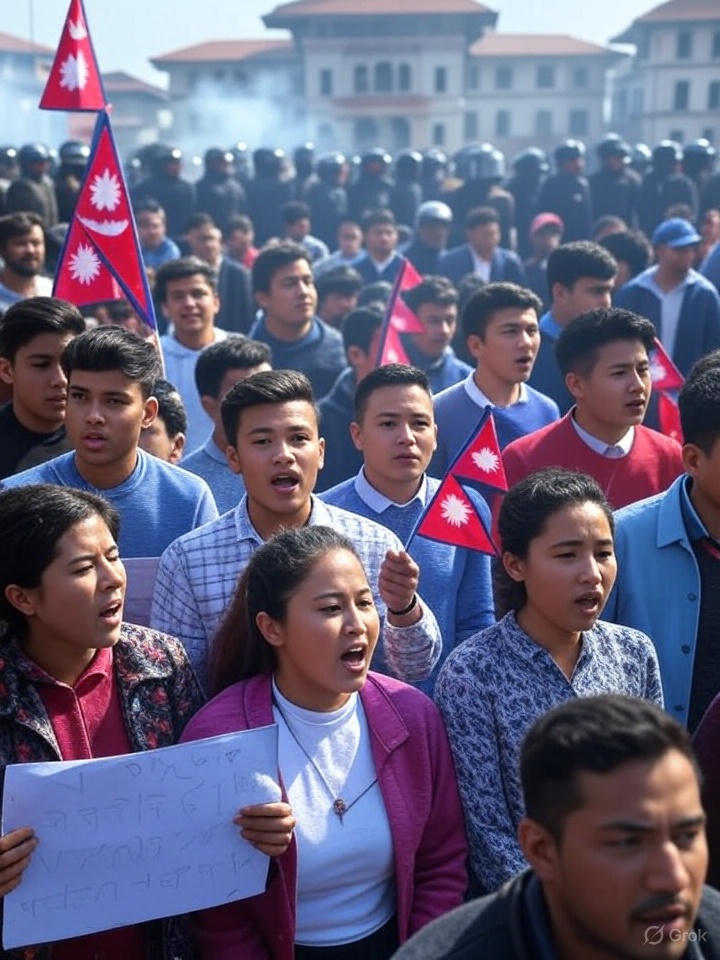Nepal’s government lifted its controversial social media ban on Tuesday, less than 24 hours after violent protests erupted nationwide, resulting in the deaths of 19 protesters and injuries to over 300 others. The ban had blocked 26 major platforms including Facebook, X, and YouTube after these companies failed to comply with a government mandate requiring registration and oversight. Tens of thousands of mostly young protesters, many dubbed Gen Z, rallied around Kathmandu’s Parliament, demanding an end to the ban, which they saw as an assault on free speech and a tool for government censorship.
The protests turned deadly when police opened fire to disperse the crowd after demonstrators breached barriers near the Parliament. Families and hospitals reported critical injuries, with gunshot wounds to the head and chest. The unrest forced an indefinite curfew in Kathmandu and shutdowns in two other cities. Nepal’s Home Minister resigned, and the government promised compensation for the victims and free medical care for the injured. The administration also committed to forming a committee to investigate the tragic incident.
The ban was part of a broader legislative push to regulate social media in Nepal, intended to ensure accountability of these platforms. Yet, critics argue it serves to silence government critics and control dissent online. The incident marks one of the deadliest days in Nepal since the 2006 overthrow of the monarchy, highlighting growing tensions over political transparency and youth disenfranchisement in the Himalayan nation.
@Parashar

Leave a Reply